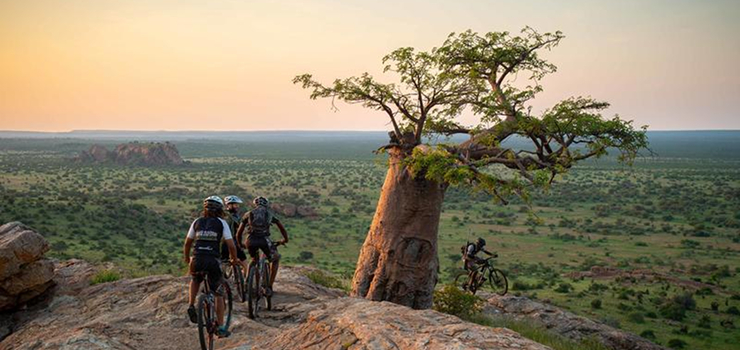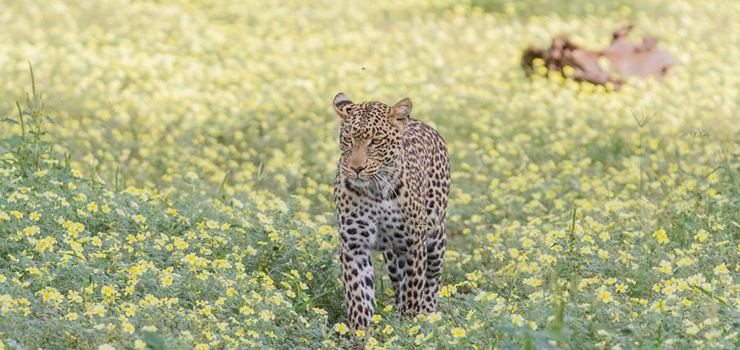Considered to be one of the most ecologically diverse regions of Botswana, the Tuli Block is a wildlife haven that extends from the south-eastern corner of the country, where the Limpopo and Shashe Rivers meet, to the banks of the Notwane River in the south-west. Due to the area’s signature red soil, protruding rocky outcrops, and an array of spectacular flora and fauna, the Tuli Block is an intriguing destination to explore for locals and visitors alike.

The landscape, nestled between the borders of South Africa and Zimbabwe is dominated by countless majestic trees, namely ancient Baobabs and Nyala-Berries, as well as lofty Fever trees and Mopane veld. Not only do these trees add to the absolute enormity of the elements found within this area, but they are home to over 350 bird species providing visitors with plenty of spectacular bird-spotting opportunities. Common sightings often include White-backed Vultures, Giant Kingfishers, Pels Fishing Owls, Red-backed Shrikes, and Hamerkops.
A great way to take in many of the other spectacular sights and sounds of the Tuli Block is to head out into the bush with expert guides on game drives and walking safaris. Cycling, horseback, and photographic safaris are also some of the many activities that one can do in this region to witness the masses of free-roaming wildlife in their natural habitat. From elephant, cheetah, and black-maned lion, to giraffe, rhino, and spotted hyena, the list is endless.

Day trips to some of the Tuli Block’s most remarkable geological features like Solomon’s Wall and the Tswapong and Lepokole Hills are a must if you are in the area. Solomon’s Wall is the 30m high basalt cliffs that once formed a natural dam wall across the Motloutse River. Due to this mesmerizing phenomenon, a massive lake was created with a waterfall often cascading over the dyke during the rainy season. Located around 140km to the southwest of the Tuli region, the Tswapong and Lepokole Hills are the results of deep gorges that were carved into age-old granite rocks by strong seasonal rivers.

The dry winter season which runs from May to September is considered to be the best time to visit the Tuli Block. With mild temperatures that range between 26°C/79°F during the day and 6°C/43°F at night, the sparse bush and pleasant temperatures make it easier for spotting an array of game. The wet summer season falls between October and April and is the time of year when the arid bush transforms into a lush oasis. With incredibly hot day time temperatures that reach a high of 33°C/91°F, the frequent afternoon thundershowers offer some cool relief to the land below.
There are also a great number of accommodation options available within the Tuli region, to suit varying budgets and personal preferences. From luxury safari lodges in private game reserves to tented bush camps and self-catering cabins along the banks of the Limpopo River, each holiday package to this beautiful part of Botswana can be tailored to compliment your specific needs.
